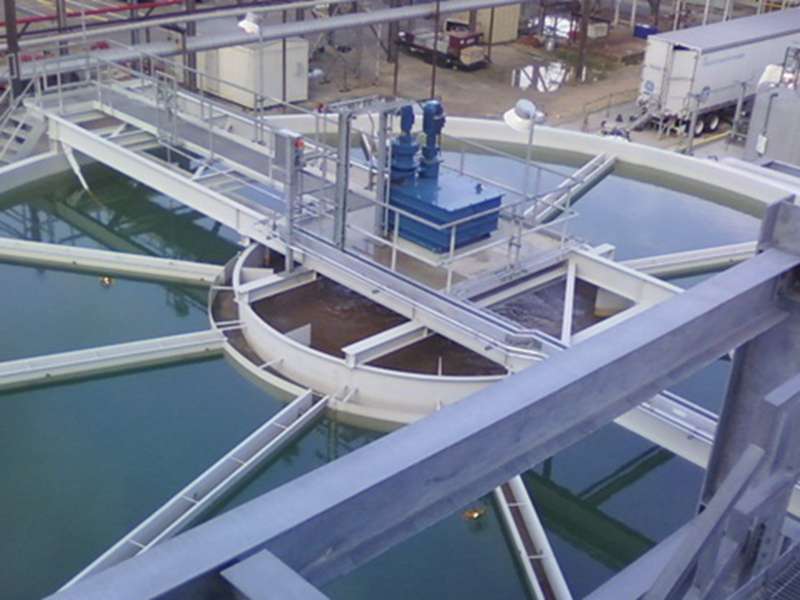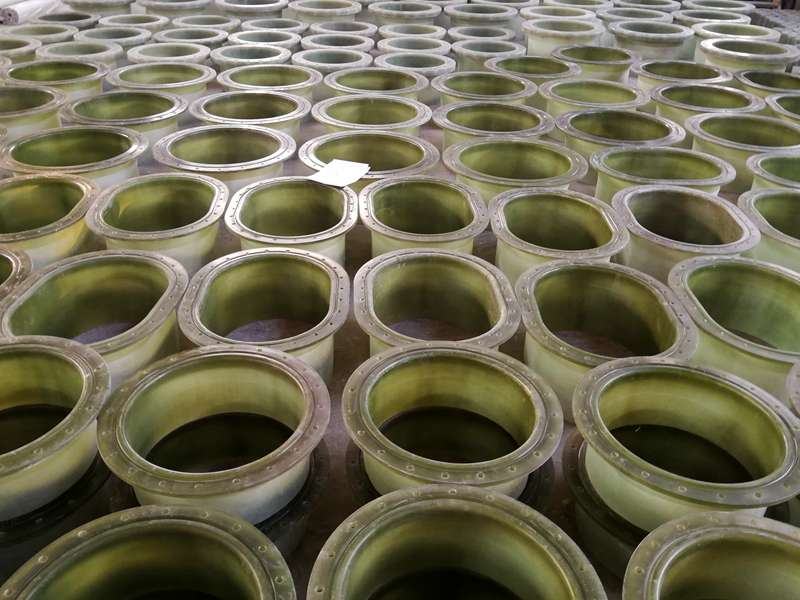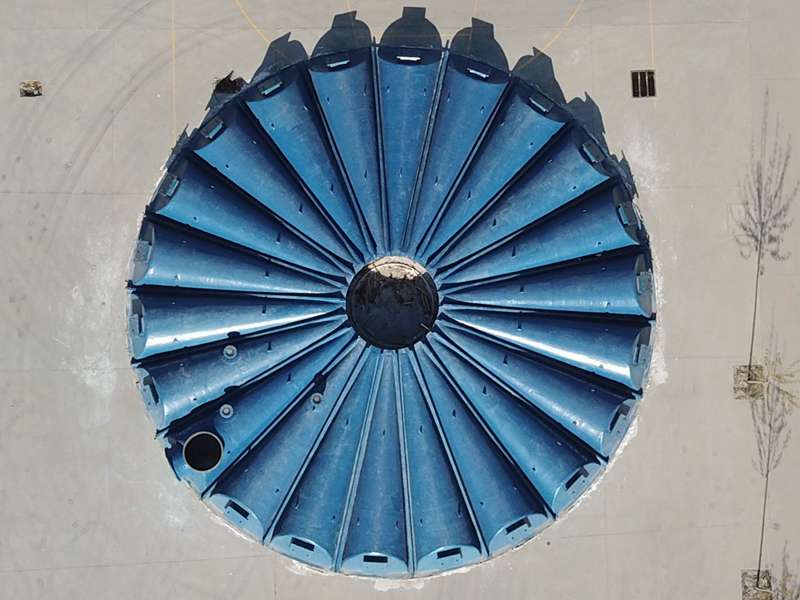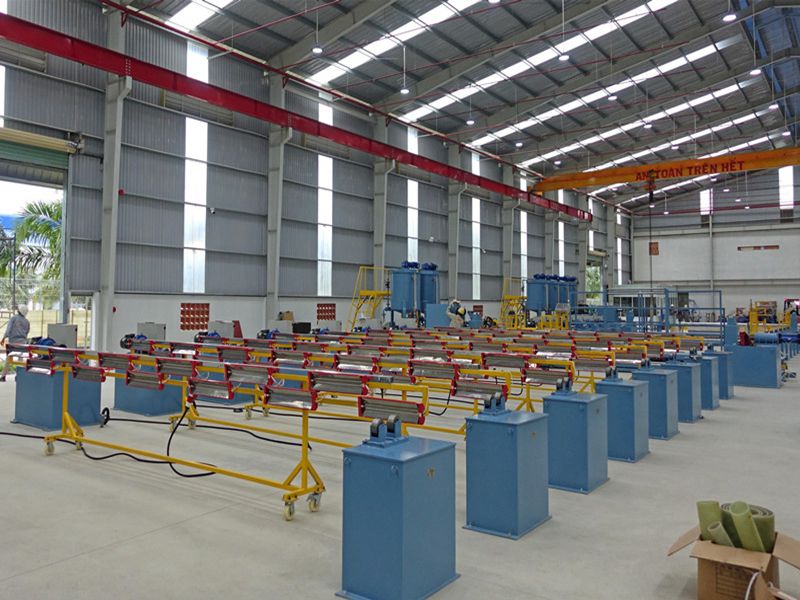
-
 Afrikaans
Afrikaans -
 Albanian
Albanian -
 Amharic
Amharic -
 Arabic
Arabic -
 Armenian
Armenian -
 Azerbaijani
Azerbaijani -
 Basque
Basque -
 Belarusian
Belarusian -
 Bengali
Bengali -
 Bosnian
Bosnian -
 Bulgarian
Bulgarian -
 Catalan
Catalan -
 Cebuano
Cebuano -
 China
China -
 China (Taiwan)
China (Taiwan) -
 Corsican
Corsican -
 Croatian
Croatian -
 Czech
Czech -
 Danish
Danish -
 Dutch
Dutch -
 English
English -
 Esperanto
Esperanto -
 Estonian
Estonian -
 Finnish
Finnish -
 French
French -
 Frisian
Frisian -
 Galician
Galician -
 Georgian
Georgian -
 German
German -
 Greek
Greek -
 Gujarati
Gujarati -
 Haitian Creole
Haitian Creole -
 hausa
hausa -
 hawaiian
hawaiian -
 Hebrew
Hebrew -
 Hindi
Hindi -
 Miao
Miao -
 Hungarian
Hungarian -
 Icelandic
Icelandic -
 igbo
igbo -
 Indonesian
Indonesian -
 irish
irish -
 Italian
Italian -
 Japanese
Japanese -
 Javanese
Javanese -
 Kannada
Kannada -
 kazakh
kazakh -
 Khmer
Khmer -
 Rwandese
Rwandese -
 Korean
Korean -
 Kurdish
Kurdish -
 Kyrgyz
Kyrgyz -
 Lao
Lao -
 Latin
Latin -
 Latvian
Latvian -
 Lithuanian
Lithuanian -
 Luxembourgish
Luxembourgish -
 Macedonian
Macedonian -
 Malgashi
Malgashi -
 Malay
Malay -
 Malayalam
Malayalam -
 Maltese
Maltese -
 Maori
Maori -
 Marathi
Marathi -
 Mongolian
Mongolian -
 Myanmar
Myanmar -
 Nepali
Nepali -
 Norwegian
Norwegian -
 Norwegian
Norwegian -
 Occitan
Occitan -
 Pashto
Pashto -
 Persian
Persian -
 Polish
Polish -
 Portuguese
Portuguese -
 Punjabi
Punjabi -
 Romanian
Romanian -
 Russian
Russian -
 Samoan
Samoan -
 Scottish Gaelic
Scottish Gaelic -
 Serbian
Serbian -
 Sesotho
Sesotho -
 Shona
Shona -
 Sindhi
Sindhi -
 Sinhala
Sinhala -
 Slovak
Slovak -
 Slovenian
Slovenian -
 Somali
Somali -
 Spanish
Spanish -
 Sundanese
Sundanese -
 Swahili
Swahili -
 Swedish
Swedish -
 Tagalog
Tagalog -
 Tajik
Tajik -
 Tamil
Tamil -
 Tatar
Tatar -
 Telugu
Telugu -
 Thai
Thai -
 Turkish
Turkish -
 Turkmen
Turkmen -
 Ukrainian
Ukrainian -
 Urdu
Urdu -
 Uighur
Uighur -
 Uzbek
Uzbek -
 Vietnamese
Vietnamese -
 Welsh
Welsh -
 Bantu
Bantu -
 Yiddish
Yiddish -
 Yoruba
Yoruba -
 Zulu
Zulu
Exploring the Benefits and Applications of FRP Pipes in Modern Construction and Infrastructure Solutions
Understanding FRP Pipes A Comprehensive Overview
Fiber Reinforced Plastic (FRP) pipes have gained significant traction in various industries due to their distinctive properties and advantages over traditional materials. Comprising a polymer matrix reinforced with fiberglass, FRP pipes offer a lightweight, durable, and corrosion-resistant alternative to metal and concrete pipes. This article delves into the characteristics, applications, benefits, and considerations associated with FRP pipes.
Characteristics of FRP Pipes
FRP pipes are engineered to meet the demands of various environments. The primary component, fiberglass, is responsible for the enhanced strength-to-weight ratio, making these pipes not only robust but also easy to handle and install. Their corrosion resistance is a standout feature, allowing FRP pipes to perform well in aggressive environments, including those involving chemicals and harsh weather conditions. Additionally, they can be produced in a seamless design, which reduces the possibility of leaks—a crucial factor in many applications.
Another important characteristic of FRP pipes is their thermal and electrical insulation properties. Unlike metal pipes that can conduct heat and electricity, FRP pipes maintain a consistent temperature and are non-conductive. This attribute makes them particularly valuable in applications where thermal properties are critical, such as in the chemical processing and nuclear industries.
Applications of FRP Pipes
FRP pipes are utilized across various sectors, showcasing their versatility. In the chemical industry, they are used to transport aggressive chemicals that would corrode traditional materials. Water and wastewater management systems also employ FRP pipes due to their resistance to the corrosive nature of many sewerage and effluent streams.
Additionally, FRP pipes are increasingly popular in the oil and gas sector. They are used for offshore and onshore operations where durability against harsh environmental conditions is essential. The utility sector also benefits from FRP pipes for their lightweight nature, which reduces transportation and installation costs.
Furthermore, the construction industry has embraced FRP pipes for drainage systems and as part of advanced composite materials in building structures. Their resistance to environmental factors makes them a reliable option for infrastructure projects.
frp pipe
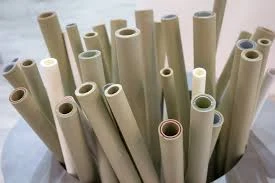
Benefits of FRP Pipes
The advantages of using FRP pipes are manifold. First and foremost is their longevity. The corrosion resistance and durability of FRP materials mean that pipes can have a lifespan that significantly exceeds that of traditional materials—often lasting 50 years or more with minimal maintenance. This longevity contributes to lower lifecycle costs.
Additionally, FRP pipes can be tailored for specific applications with varying diameters, thicknesses, and chemical resistances. This customization allows engineers and designers to create solutions that precisely fit the needs of specific projects.
Weight savings are also a significant advantage. FRP pipes are lighter than both steel and concrete, making them easier to transport and install. This property can translate into reduced labor costs and time savings during installation.
Considerations When Using FRP Pipes
Despite their numerous advantages, there are considerations to be made when selecting FRP pipes. The initial cost can be higher than some traditional materials; however, this can be offset by reduced maintenance and replacement costs over time. Additionally, special care must be taken during installation to avoid damage from mishandling, as the material can be susceptible to impact.
Another consideration is the thermal expansion of FRP pipes, which can differ from other materials. Proper allowances must be made in design and installation to accommodate these changes.
Conclusion
FRP pipes represent a significant advancement in piping technology, offering a robust, lightweight, and corrosion-resistant alternative suitable for a wide range of applications. Their increasing adoption across industries illustrates the growing understanding of the benefits they bring. By carefully considering their characteristics and selecting the appropriate applications, industries can leverage FRP pipes to enhance efficiency and reliability in their operations. As technology continues to evolve, FRP pipes are poised to play an essential role in the future of infrastructure and industrial applications.
Latest news
-
Exploring the Benefits of Top Hammer Drifter Rods for Enhanced Drilling PerformanceNewsJun.10,2025
-
High-Precision Fiberglass Winding Machine for GRP/FRP Pipe Production – Reliable & Efficient SolutionsNewsJun.10,2025
-
FRP Pipes & Fittings for Shipbuilding - Corrosion-Resistant & LightweightNewsJun.09,2025
-
Premium FRP Flooring Solutions Durable & Slip-ResistantNewsJun.09,2025
-
Premium Fiberglass Rectangular Tanks Durable & Lightweight SolutionNewsJun.09,2025
-
Tapered Drill String Design Guide Durable Performance & UsesNewsJun.09,2025



